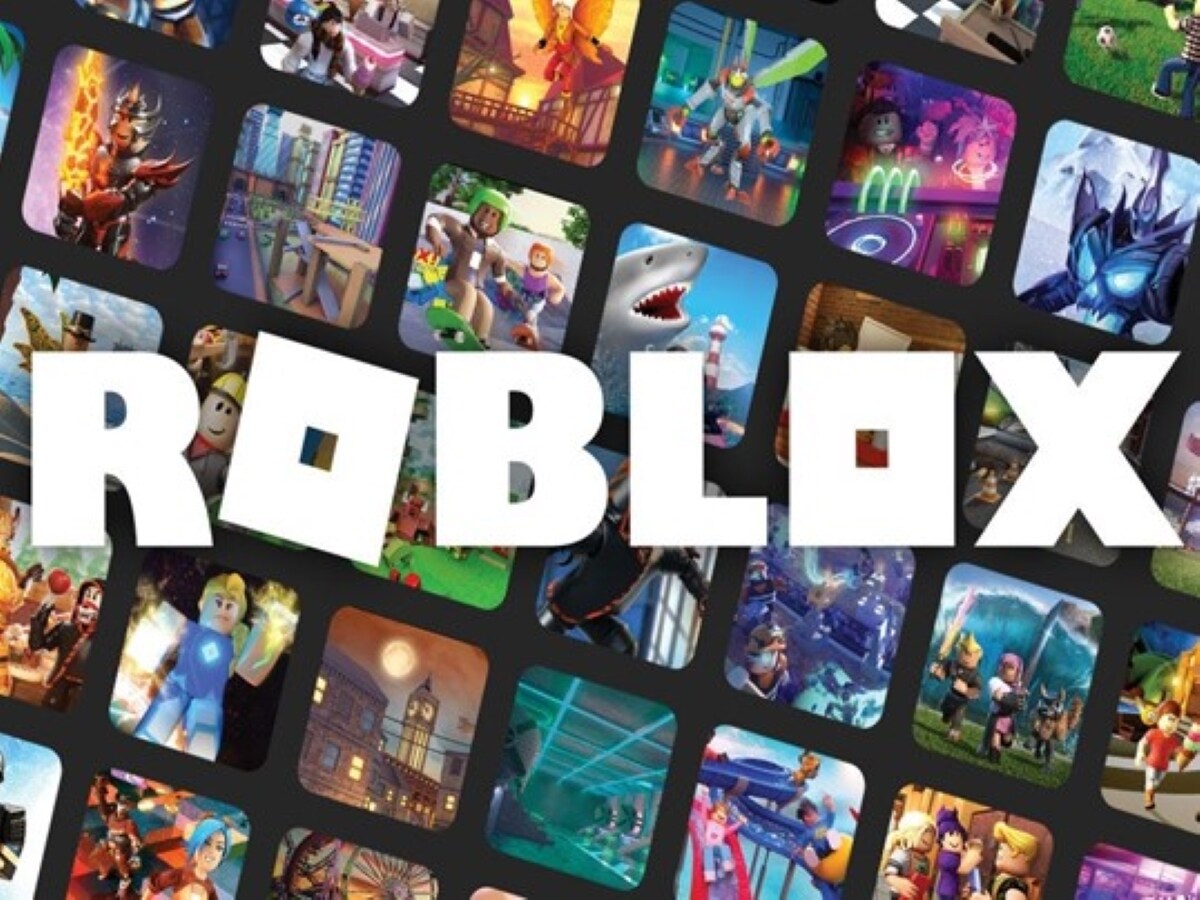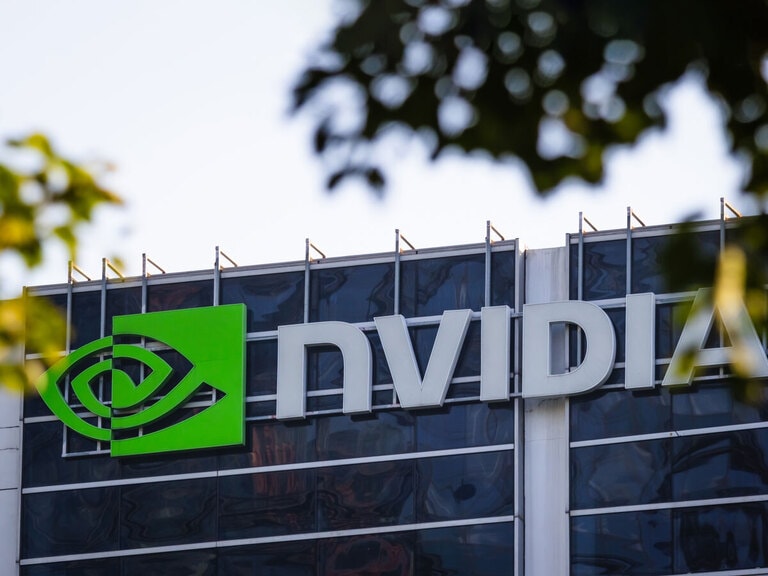Roblox [RBLX] is a gaming platform that combines players and developers into one multi-faceted space. While this might seem like a company that would attract users who are a bit older, in reality, the majority of its user (more than 55%) are all under the age of 15.
Roblox allows developers to create games for its platform. Users are then able to play those games and program their own preferences and customize their own characters. It is a highly interactive, immersive community where more than 40 million experiences are open to play.
The company has seen its monthly active users go from 35 million to over 200 million in just three years, with 54.7 million people signing in each day as of February 2022, up 32% year-over-year. In 2021, it generated $1.92bn in revenue which is up 108% year-over-year. In Q4 2021, Roblox generated total revenue of $568.8m, a jump of 83%. User engagement rose 28% to 10.8 billion hours, which translated to a 20% increase in quarterly bookings of $770.1m.
But as a mainly free and open platform, how does Roblox make its money, and is this a sustainable business model?
Here is a rundown of its business model:
Robux, the in-game currency
Roblox uses a Freemium model for its users. While games are free to play overall, users can only access more advanced features and customizations by paying for them. On other platforms, however, this type of micro-transaction has caused many problems for the unaware parents and their bank accounts.
But Roblox has attempted to solve this issue by simply requiring players to buy a set amount of its in-game currency (robux). Once the currency has been used, then players’ robux accounts need to be refunded. Users are able to set up a one-off payment, or they can set up a monthly subscription to refund the account. This is a great solution for managing what kids spend on the internet.
Robux is a direct revenue stream for both the company and its game creators. When its in-game currency is spent in a game, Roblox then takes 47.5% of the money earned from that transaction. It splits that percentage three ways towards future development and research, platform hosting support, and operating costs. The other 52.5% is split between the developer and App Store and payment processing fees.
In 2020, Robux generated 35% of its revenue through robux sales via Apple’s App Store and 19% through robux sales via Google Play Store. It is estimated that Roblox makes around $12.50 for every 1,000 robux sold.
The other stuff
While the majority of Roblox’s revenue comes from Robux transactions, the rest of its income comes from three other areas: advertising, licensing and royalties.
Currently, Roblox has advertising deals with Disney’s Marvel, Lego and AT&T’s Warner Bros. It also has partners in the form of Toys’R’Us and Walmart, which are able to sell Roblox-branded items bringing in revenue from its licensing agreements. It has also got further plans to host ‘live’ virtual events, having done so in collaboration with artists such as Twenty One Pilots and Zara Larsson in 2021.
With regards to royalties, Roblox allows developers to keep the full copyrights of their intellectual property (IP). However, it retains the right to license out the developer’s products and collect royalties whenever the IP of developers is displayed on another party’s website or forum.
While these three revenue streams currently don’t bring in much in terms of overall revenue, they do give Roblox the option to further monetize in distinct areas in the future.
What’s next for Roblox’s business?
Roblox has stated that it wants to develop a more connected virtual world, similar to the game in Ready Player One. CEO, David Baszucki — AKA ‘Builderman’ — believes that it can combine players’ experiences into a ‘metaverse’. He wants Roblox to be the stepping stone for the next generation to develop a new virtual experience.
One concern about Roblox is the fact that it is effectively running its own economy. This, unfortunately, can lead to shady practices and scams which are hard to regulate on a platform that allows its users to customize and develop their own virtual reality. On the other hand, Roblox is aware of its demographic and it will continue in its mission to create safe, positive spaces for players to experience.
The last few years have seen this company take off in mainstream popularity among younger generations. Now, as a public company, it has the attention of the older generations as it continues to grow. It wouldn’t be hard to imagine the Roblox community growing to include curious millennials and even Gen Xers.
Continue reading for FREE
- Includes free newsletter updates, unsubscribe anytime. Privacy policy






